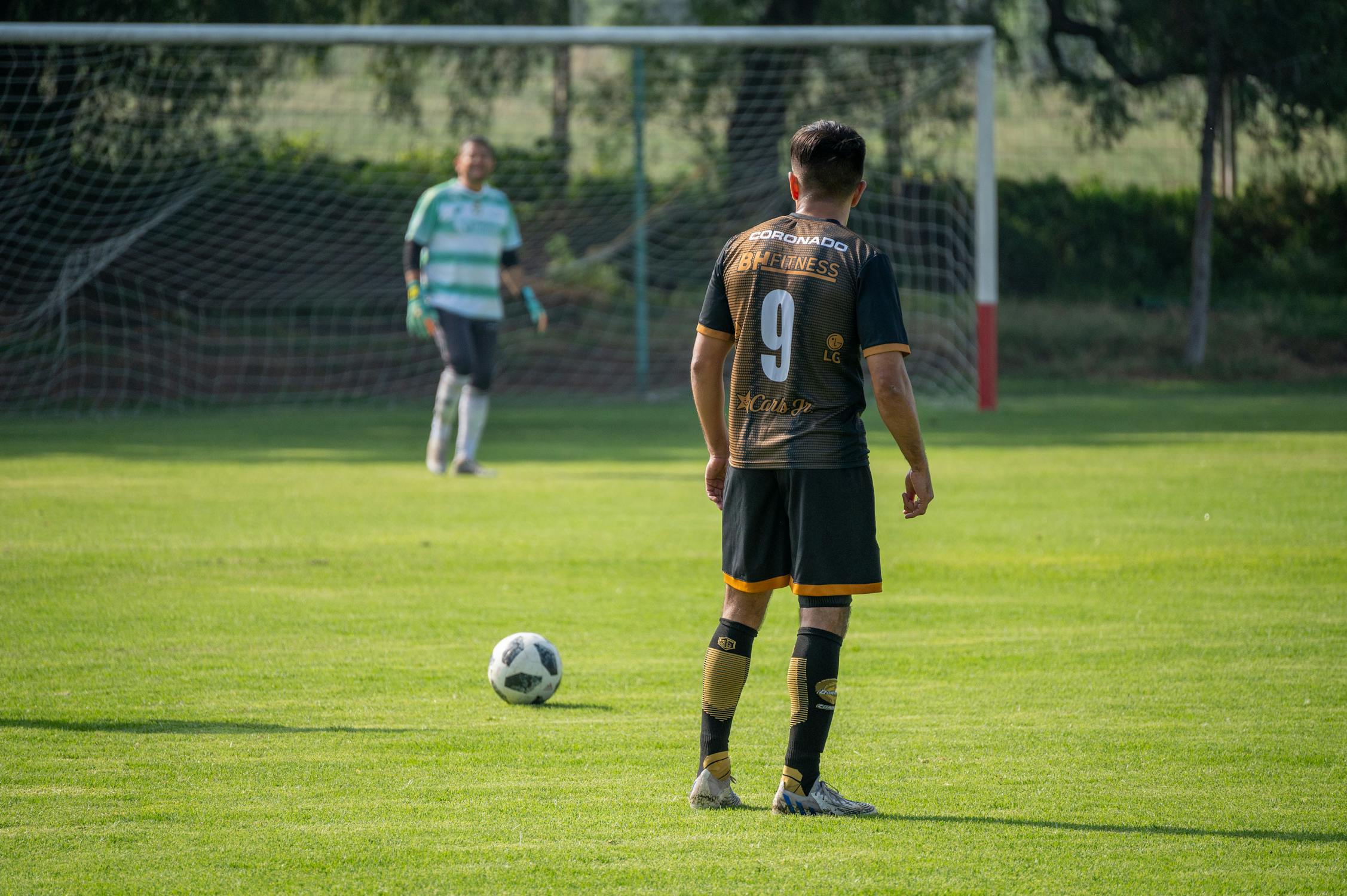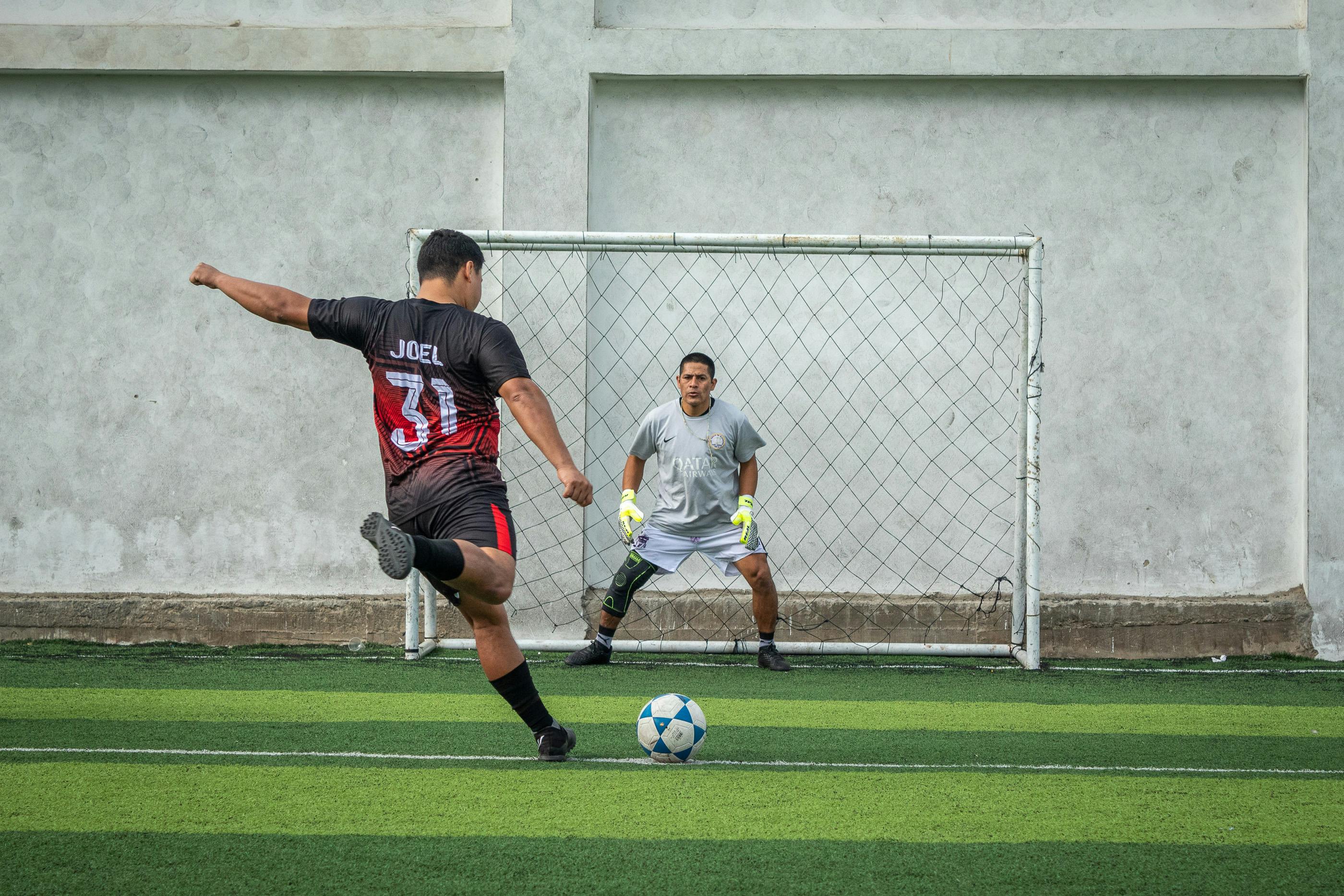
Across the globe, millions of football fans watch breathtaking matches with eager anticipation, looking forward to their favorite team's victory. However, this path to triumph can be interrupted by dramatic penalty cases. In this article, we will explore the basics of the 11-meter kick, specially developed for those who just started to hanker for the game.
A Penalty Kick Clarification for Beginners
A penalty kick, or 11-meter kick, is a free kick taken at the opponent's goal from a fixed distance of 11 meters. Primarily, it is awarded for a transgression of the rules that occurs inside the penalty area of a defensive side.
An indispensable element of a penalty kick is that it materializes in a "one-on-one" format. This simply means that you can't build a wall of defenders, or interfere with the kicker. Consequently, only the goalkeeper abides in the battle, while the kicker positions the ball on a designated spot.
The penalty kick is a rule of thumb during vigorous one-to-one scenarios. For the kicker, the challenge is to choose which side of the goal to aim for without missing a ball. For the goalkeeper, it's a real lottery, as they should promptly set the sights on a preferred corner: left, right, or possibly the center. Ultimately, it is a goalkeeper's gut feeling that helps to save the gate.
The sixth sense in football is not all about having the eyes on the back of your head while playing a game. It is also about predicting sports results on a virtual platform like Mostbet official website in Bangladesh, followed by positive experiences and enjoyment.
Grounds Behind Awarding a Penalty Kick
A referee can't award a penalty kick for anything; there must be a good reason for that. Below are two main violations, possibly leading to a penalty kick:
Handball
If a player handles the ball within their penalty area, it may lead to a penalty kick. However, there are multiple nuances to consider. The FIFA Refereeing Committee highlights a few important criteria that head referees need to keep in mind before assigning this harsh punishment:
-
Was the hand in a natural position when the ball hit it?
-
Was the hand pressed against the body?
-
What was the distance between a hand and a ball at the time of contact?
-
Did the player have the prospect to move their hand away?
-
Was the hand reaching for the ball, or was he attempting to evade it?
-
Was the hand used to protect the player from serious face injury?
Fouls
In a nutshell, not only handball is subject to penalties. Evidently, football is a contact game and pushes and other tackles are an integral part of the fight for the ball. However, certain actions are deemed foul play. For instance, a player is kicking an opponent's legs from behind without touching a ball.
Any foul in a team's penalty area can lead to a penalty such as hitting the face or legs, stepping on the ankle, tripping, pushing, or grabbing an opponent's shirt. All these actions are a part of unsportsmanlike behavior, which undermines the players' reputation.
Occasionally, footballers may simulate fouls in the opponent's penalty area to earn a penalty. If detected by the referee, this behavior may result in a notorious yellow card.
Rules for Taking a Penalty Kick

Executing a penalty kick is a daunting task, accompanied by specific rules that must be followed, in addition to the designated spot:
-
the ball must be kicked strictly after the referee's whistle and only with a direct kick - there must be a single touch of the ball;
-
the goalkeeper must have his both feet on the goal line (between the two goalposts) before the kick is taken and can only move along that line;
-
during a penalty kick, only the goalkeeper, the kicker, and the referee can be present in the penalty area.
The pressure of scoring a penalty hinges on each unique case. To be specific, it’s simpler to score a penalty if your team is vanquishing 3–0 in the 80th minute. Imagine attempting to score a penalty at 2–2, in the concluding minutes of a game, when pressure is only amassing.
Penalty Shootout Instructions
A penalty shootout is brought out to arbitrate the winner of a match when the score remains unaffected after the main and extra time. Such regulations are ubiquitous in tournaments like the Champions League. An epitome of excellence is the 1/8 finals of the tournament between Atletico Madrid and Real Madrid, where the aggregate result was a draw. The match went into extra time and then into a mind-blowing series of penalty kicks, in which Real Madrid conquered a triumph.
Overall, a penalty kick can be either a coach's brave decision or a revitalizing move for players and fans to heat up the game. The teams sweeping the board by penalty add to their dazzling reputation and strong presence in football top charts.

